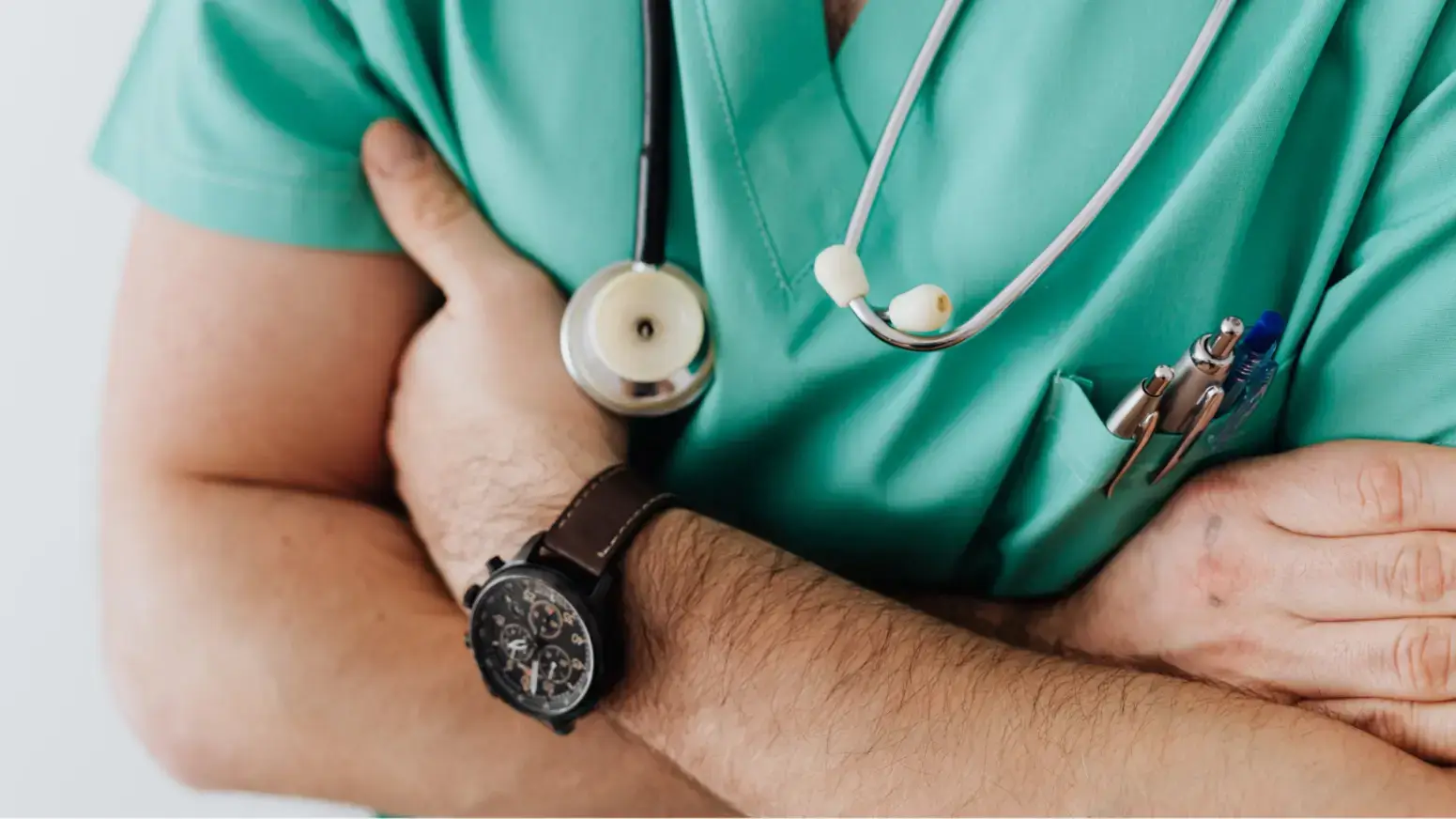Inside the digital generation, wherein full-size amounts of records are amassed, saved, and analysed, maintaining privacy and confidentiality in healthcare records has turned out to be a paramount problem.
With the sizable adoption of electronic fitness facts EHRs, telemedicine, wearable gadgets, different virtual health technology, and touchy clinical facts are more vulnerable than ever before.
As we explore the latest healthcare technology trends, it's crucial to address the associated security challenges and implement robust protections to safeguard patient information.
Maintaining confidentiality of healthcare records is not only critical for protecting patients' privacy but also for ensuring compliance within the healthcare system.
This is especially critical in modules like Neurology billing systems, where there are not only the financial credentials of a patient but also sensitive health data.
In this article:
- The Importance of Healthcare Data Privacy
- Challenges to Healthcare Data Privacy
- Strategies for Ensuring Healthcare Data Privacy
- FAQs

The Importance of Healthcare Data Privacy
Healthcare statistics carry exceptionally touchy statistics about individuals' medical conditions, treatments, and histories.
Furthermore, unauthorised access to healthcare information can jeopardise patient protection and confidentiality, eroding agreement, among patients and healthcare vendors.
Similarly, the ability to remove objects from photos can ensure patient privacy in shared medical images.
In addition to man or woman privacy concerns, healthcare information privacy is also vital for compliance with guidelines, inclusive of HIPAA in the United States and GDPR within the European Union.
Violations of these policies can result in considerable monetary penalties and reputational harm for healthcare companies.
Challenges to Healthcare Data Privacy
Numerous challenges complicate the mission of safeguarding healthcare information privacy in the digital age. Those include:
Cybersecurity Threats: Healthcare agencies are top targets for cyberattacks due to the valuable records they own.
Statistics breaches can occur through numerous ways, such as phishing assaults, malware infections, and insider threats.
Interoperability Issues: The sharing of healthcare information amongst extraordinary systems and corporations increases concerns about data interoperability and protection.
Making sure relaxed facts are exchanged at the same time as keeping the affected person's privacy is a complex assignment.
Emerging Technologies: The fast proliferation of recent technologies, together with AI, IoT, and blockchain, introduces novel privacy risks.
These technologies accumulate and analyse vast amounts of data, raising questions about how to shield individuals' privacy rights successfully.
Strategic healthcare development services play a crucial role in mitigating these technological privacy challenges by creating innovative protective frameworks.
Data Access Control: Controlling access to healthcare statistics is challenging, mainly in large healthcare systems with several stakeholders.
Balancing the need for healthcare specialists to access patient information with the imperative to guard privacy requires robust access control mechanisms.
One way healthcare providers address this balance is by using tools such as a Clinical Notes AI App for Healthcare Professionals, which automatically secures documentation, restricts visibility to authorized staff, and ensures that notes are stored in compliance with privacy regulations. This approach allows providers to maintain efficiency in patient care without exposing data to unnecessary risk.
Strategies for Ensuring Healthcare Data Privacy
Addressing these challenges calls for a multifaceted approach that combines technical solutions, regulatory compliance, and organisational policies.
Some strategies for ensuring healthcare records privacy include:

Encryption: Encrypting healthcare facts both in transit and at rest helps prevent unauthorised access.
Access Controls: Implementing RBAC and consumer authentication mechanisms restricts access to sensitive records.
Secure Communication Channels: Using protocols like TLS for transmitting healthcare data enhances data protection and confidentiality.
Data Minimization: Collecting only the minimal data needed reduces risks of breaches.
Employee Training: Educating staff about privacy and security is crucial to prevent insider threats.
Regulatory Compliance: Following HIPAA, GDPR, and other regulations helps organisations avoid penalties.
Regular Audits and Assessments: Periodic audits identify vulnerabilities and strengthen data protection.

Conclusion
Protecting the privacy and confidentiality of healthcare information is a complicated but vital project in the virtual age.
Healthcare organisations should adopt a comprehensive approach that encompasses technical, regulatory, and organisational measures to safeguard sensitive data.
By prioritising privacy and enforcing strong security controls, healthcare stakeholders can ensure that patient trust remains intact.
FAQs
What is healthcare data privacy, and why is it important?
Healthcare data privacy protects sensitive medical records to maintain patient trust and prevent harm like identity theft.
What are some common threats to healthcare data privacy?
Common threats include cyberattacks, insider threats, inadequate security measures, and breaches.
How can healthcare organizations protect patient data from cyberattacks?
By updating software, using encryption, implementing access controls, and training staff on cybersecurity.
What role do regulations like HIPAA and GDPR play in healthcare data privacy?
They set requirements for protecting healthcare statistics and ensuring compliance.
How can patients ensure the privacy of their healthcare data?
By being cautious online, using strong passwords, reviewing privacy policies, and staying informed about their rights.
What should I do if I suspect a breach of my healthcare data privacy?
Contact the healthcare provider, monitor your records, consider filing a complaint, or seek legal advice.
Author Bio
Jay is an SEO Specialist with five years of experience, specializing in digital marketing, HTML, keyword optimization, meta descriptions, and Google Analytics. A proven track record of executing high-impact campaigns to enhance the online presence of emerging brands. Currently working with Tecuy Media.


